[ad_1]
On the night of September 17-18, 2024, the Earth, the sun and the Super Harvest Moon will line up in space, causing a lunar eclipse. The eclipse will be far from total. At mid-eclipse, only 8% of the moon will lie in Earth’s dark shadow. Still, the EarthSky team – in cooperation with our friends at TimeandDate.com – will have fun watching the eclipse LIVE beginning at 8:45 p.m. CDT on September 17 (1:45 UTC on September 18). We’ll be talking about why this September full moon is a Super Harvest Moon, about how eclipses prove the Earth is round, and more. Join us for an eclipse watch party!
People in the Americas, parts of Antarctica, the western Indian Ocean, the Middle East, Africa, Europe, the Atlantic Ocean, and eastern Polynesia will see a shallow partial lunar eclipse overnight on September 17-18, 2024. The steady golden light near the eclipsed moon will be the planet Saturn.
The whole half of Earth facing the full moon – that is, the whole half of Earth that’s in nighttime – will see the lunar eclipse. Of course, lunar eclipses are safe to view with the unaided eye. Binoculars and telescopes aren’t required to view a lunar eclipse, but they do enhance the view.
At this eclipse, only a small fraction of the moon will enter Earth’s dark umbral shadow. For the most part, the September 17-18, 2024, lunar eclipse will appear as a penumbral eclipse of the moon. In other words, as the eclipse progresses, you should notice a dark shading on the moon (Earth’s penumbral shadow), followed by the barest of dark bites (Earth’s dark umbral shadow) taken from one edge of the moon.
And don’t forget Saturn! It’s the bright object near the moon on September 17-18.
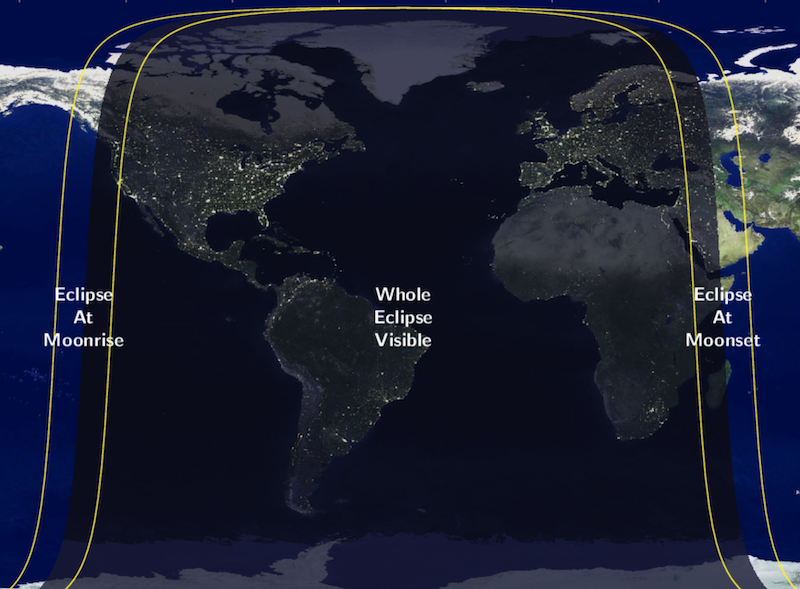
Partial lunar eclipse September 17-18, 2024
See below for local viewing times from select cities of the partial lunar eclipse.

Check timeanddate.com for precise timing from your location.
When the lunar eclipse occurs worldwide
Penumbral eclipse begins at 0:41 UTC on September 18, 2024. Earth’s lighter penumbral shadow will begin crossing the moon’s face. You probably won’t notice it at first. But, as the eclipse progresses, you should see a subtle shading on the moon.
Partial eclipse begins at 2:12 UTC on September 18, 2024. Now it’ll appear as if a tiny, but dark, bite is taken from one edge of the moon.
Greatest eclipse at 2:44 UTC on September 18, 2024. Only a small portion of the moon – about 8% – will be eclipsed by Earth’s dark shadow.
Partial eclipse ends at 3:16 UTC on September 18, 2024.
Penumbral eclipse ends at 4:47 UTC on September 18, 2024.
Note: A bright “star” will appear near the eclipsed moon. It’s really a planet, Saturn.
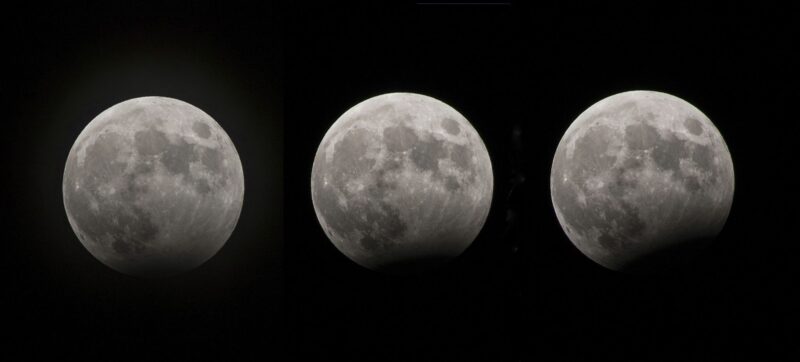
Visit timeanddate.com to get an exact timing of the eclipse from your location.
Animated map of the lunar eclipse.
How long will it last?
From start to finish, the eclipse will last 246 minutes. And the moon will be in Earth’s dark shadow – for the partial eclipse – for only 64 minutes.
Read more: Why no eclipse at every full and new moon?
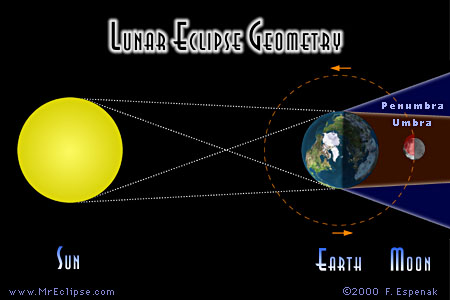
Who can see lunar eclipses?
A full moon is up only at night. And a total lunar eclipse is visible from all parts of Earth that are experiencing night while the eclipse is taking place. But some will see the eclipse more clearly, or more thoroughly, than others, depending on location. For example, some will see it at moonrise or moonset, when the moon is low in the sky.
The constellation behind the partial lunar eclipse
The September 17-18, 2024, partial lunar eclipse occurs when the moon is in the constellation of Pisces the Fish.
Find the moon’s path with respect to Earth’s umbral and penumbral shadows below.

Maps and data for the total lunar eclipse
More resources
Visit timeanddate.com to get an exact timing of the eclipse from your location.
Submit your lunar eclipse photo to EarthSky here.
EarthSky’s monthly night sky guide: Visible planets and more
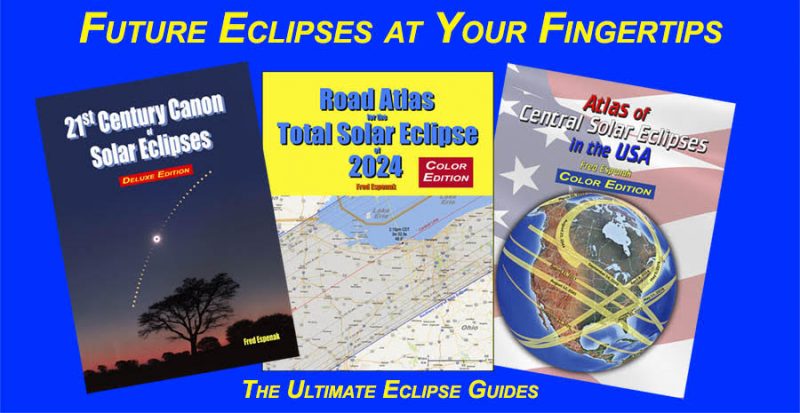
Bottom line: A shallow partial lunar eclipse takes place on September 17-18, 2024, visible in the Americas, parts of Antarctica, the western Indian Ocean, the Middle East, Africa, Europe, the Atlantic Ocean, and eastern Polynesia. Saturn is the bright light nearby. Maps and details here.
[ad_2]
Source link



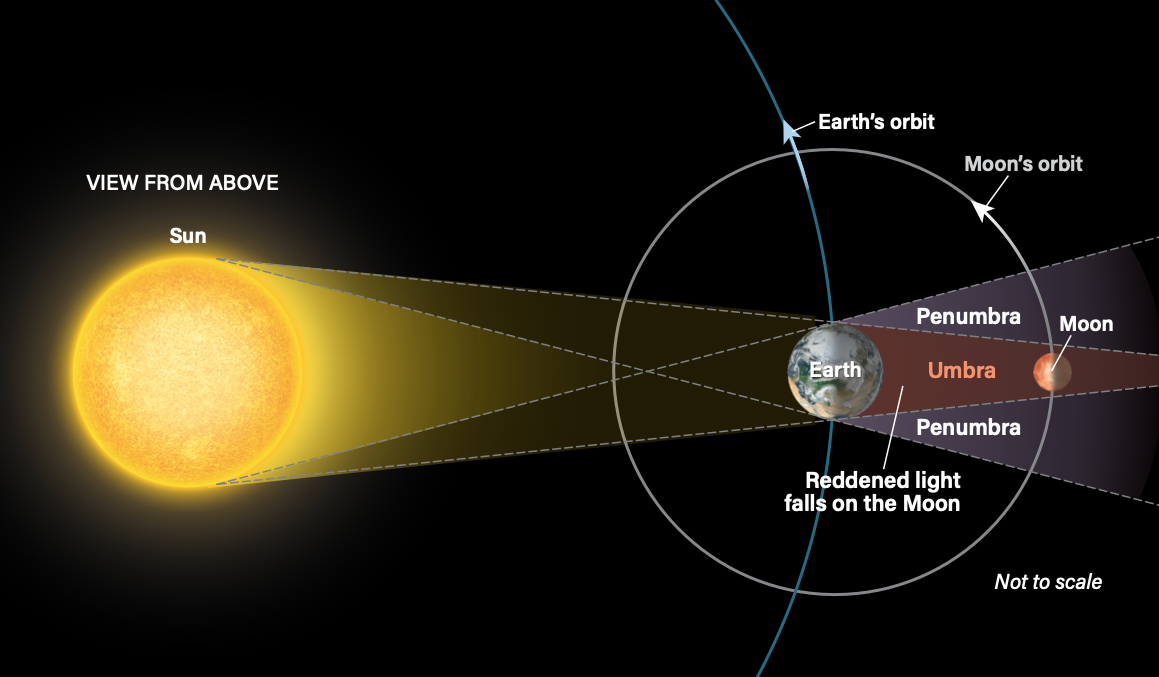
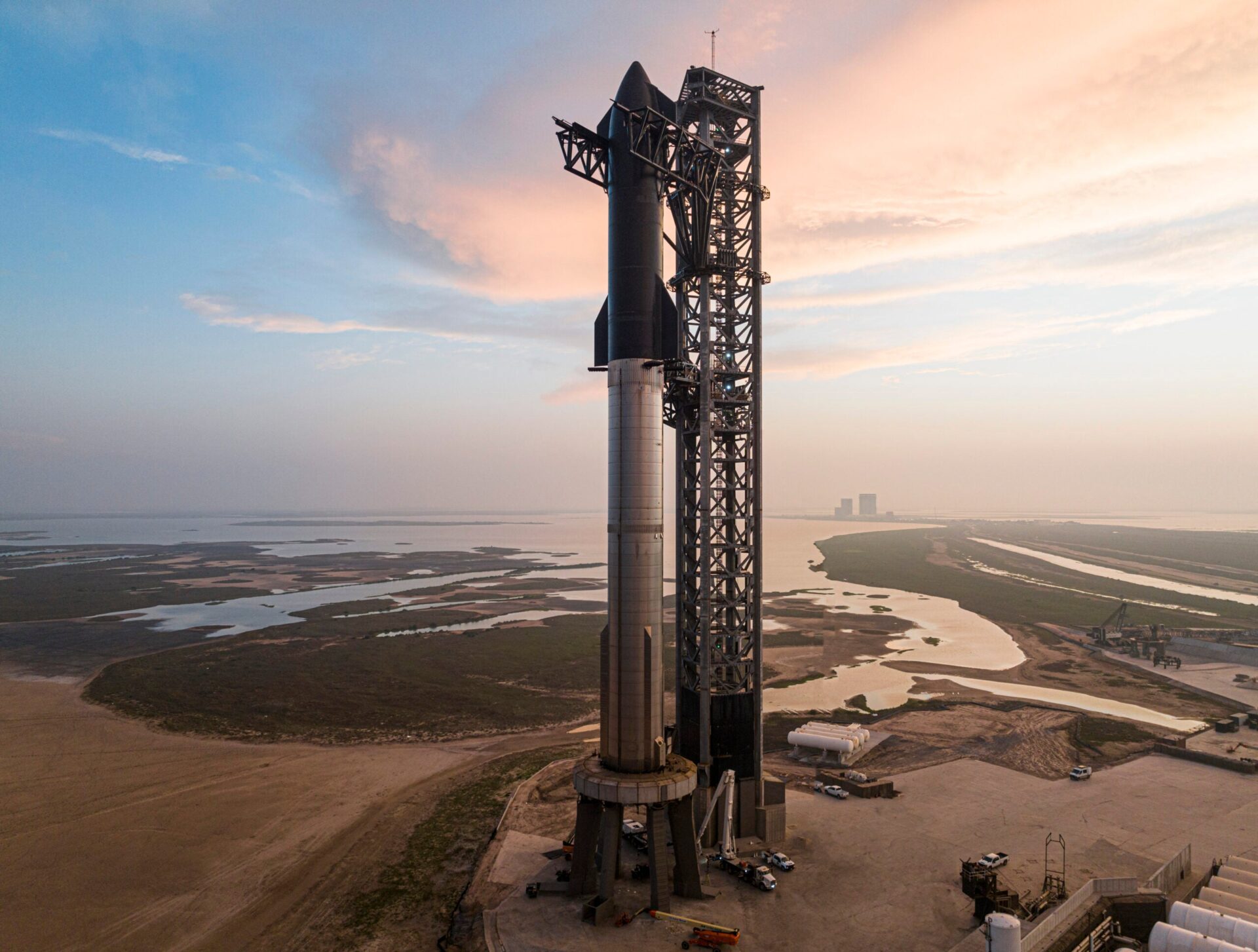
No comments! Be the first commenter?